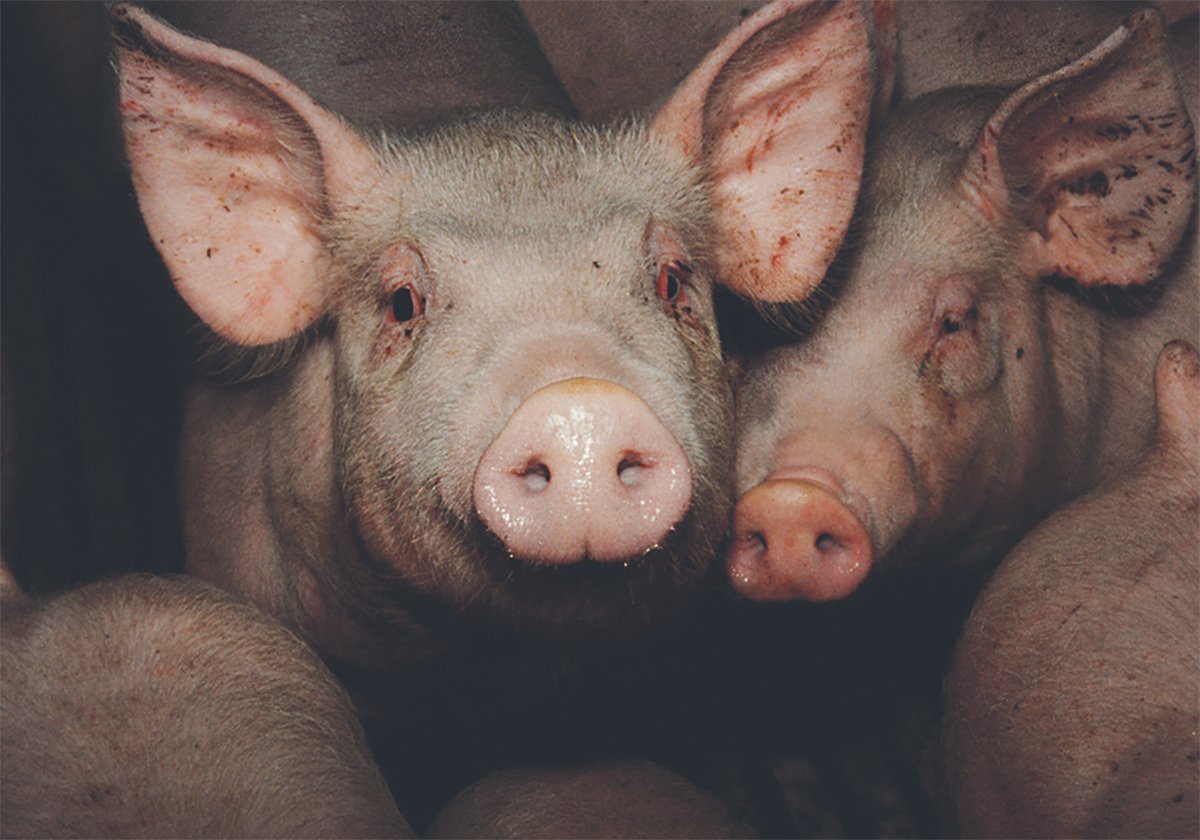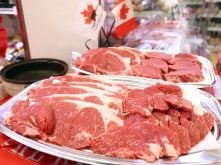LA BROQUERIE, Man. – Pigs consume antibiotics but microbes may remain in their manure that is spread on cattle pastures.
So are antibiotic-resistant microbes in pig manure surviving and later infecting cattle and local water supplies?
Probably not, said Denis Krause, a University of Manitoba animal science researcher.
“It’s not impossible that antibiotic use, therapeutic or sub-therapeutic, in the hog industry might have some contribution to antibiotic resistance in the environment, but its contribution is incredibly small,” said Krause, during a recent tour of a pasture project.
Read Also

The Western Producer Livestock Report – October 30, 2025
Western Producer Livestock Report for October 30, 2025. See U.S. & Canadian hog prices, Canadian bison & lamb market data and sales insights.
It isn’t that antibiotic-resistant microbes aren’t in the pasture’s soils, but the majority of them could not possibly come from pigs.
The truth about antibiotic-resistant microbes in the soil is that they’re already there.
To a scientist, this makes sense, because most of the antibiotics used to make human medical antibiotics originated in the soil. Any microbes surviving in the soil along with the microbes that humans use to make antibiotics must have antibiotic resistance to live.
It’s entirely natural and has nothing to do with humans or livestock.
But the topic of antibiotic resistance and animal agriculture is controversial, with many non-scientists blaming confinement agriculture for the spread of antibiotic-resistant diseases among humans, so Krause and his colleagues decided to do field studies.
“The swine industry needs answers. It needs to know what’s real and what’s fantasy,” said Krause, whose project was funded by the Agricultural Research and Development Initiative and the Manitoba Pork Council.
“My conclusion is that a lot (of the accusations against the livestock industry) is fantasy.”
Livestock producers are blamed for the spread of antibiotic resistance in pathogens because pigs and cattle are commonly fed antibiotics when they are raised in barns or feedlots. This is done to prevent disease outbreaks and promote quicker growth.
Pigs and other animals such as chickens can provide a reservoir of diseases that can jump the “species barrier” and infect humans, which is why people are worried about avian influenza, a variant of which can infect and kill humans.
But while the concern is understandable, Krause said his studies on this pasture, in which hog manure was spread on sandy soil that was then grazed by cattle show little evidence for this.
One of his experiments studied whether antibiotic-resistant E. coli in hog manure would survive and infect the local water table and cattle grazing on the pasture.
“It doesn’t happen, which supports our view that the E. coli dies,” he said.
Different E. coli strains tend to need a specific species internal system to thrive. Otherwise the microbes will die off over time. That appears to be what happens in pasture like this.
“The E. coli from the hog manure will not survive in the cattle. That means the cattle are not a distribution mechanism for the E. coli.”
Animal-borne E. coli strains can be a problem, as with the six deaths in Walkerton, Ont. But Krause said that was a case of large amounts of E. coli-laden cow manure directly flowing into the town’s well system, which did not treat the water properly. In a normal pasture, the E. coli will die off quickly.
A jump from pigs to cattle to humans is unlikely.















